Our official English website, www.x-mol.net, welcomes your
feedback! (Note: you will need to create a separate account there.)
Boosting reversible anionic redox reaction with Li/Cu dual honeycomb centers
eScience ( IF 36.6 ) Pub Date : 2023-07-12 , DOI: 10.1016/j.esci.2023.100159
Xiaohui Rong , Dongdong Xiao , Qinghao Li , Yaoshen Niu , Feixiang Ding , Xueyan Hou , Qiyu Wang , Juping Xu , Chenglong Zhao , Dong Zhou , Ruijuan Xiao , Xiqian Yu , Wen Yin , Lin Gu , Hong Li , Xuejie Huang , Liquan Chen , Yong-Sheng Hu
eScience ( IF 36.6 ) Pub Date : 2023-07-12 , DOI: 10.1016/j.esci.2023.100159
Xiaohui Rong , Dongdong Xiao , Qinghao Li , Yaoshen Niu , Feixiang Ding , Xueyan Hou , Qiyu Wang , Juping Xu , Chenglong Zhao , Dong Zhou , Ruijuan Xiao , Xiqian Yu , Wen Yin , Lin Gu , Hong Li , Xuejie Huang , Liquan Chen , Yong-Sheng Hu
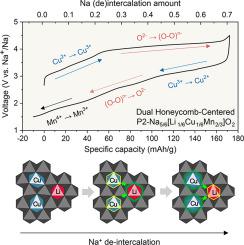
|
The anionic redox reaction (ARR) is a promising charge contributor to improve the reversible capacity of layered-oxide cathodes for Na-ion batteries; however, some practical bottlenecks still need to be eliminated, including a low capacity retention, large voltage hysteresis, and low rate capability. Herein, we proposed a high-Na content honeycomb-ordered cathode, P2–Na5/6 [Li1/6 Cu1/6 Mn2/3 ]O2 (P2-NLCMO), with combined cationic/anionic redox. Neutron powder diffraction and X-ray diffraction of P2-NLCMO suggested P2-type stacking with rarely found P 63 22 symmetry. In addition, advanced spectroscopy techniques and density functional theory calculations confirmed the synergistic stabilizing relationship between the Li/Cu dual honeycomb centers, achieving fully active Cu3+ /Cu2+ redox and stabilized ARR with interactively suppressed local distortion. With a meticulously regulated charge/discharge protocol, both the cycling and rate capability of P2-NLCMO were significantly improved, demonstrating reasonable capacity and eliminating voltage hysteresis. Overall, this work contributes a well-defined layered oxide cathode with combined cationic/anionic redox towards rational designing advanced Na-ion batteries.
中文翻译:

使用 Li/Cu 双蜂窝中心促进可逆阴离子氧化还原反应
阴离子氧化还原反应 (ARR) 是一种很有前途的电荷贡献者,可以提高钠离子电池层状氧化物阴极的可逆容量;然而,一些实际的瓶颈仍然需要消除,包括低容量保持、大电压滞后和低速率能力。在此,我们提出了一种高 Na 含量的蜂窝有序阴极 P2-Na5/6[Li1/6Cu1/6Mn2/3]O2 (P2-NLCMO),具有阳离子/阴离子复合氧化还原。P2-NLCMO 的中子粉体衍射和 X 射线衍射表明 P2 型堆叠,P6322 对称性很少见。此外,先进的光谱技术和密度泛函理论计算证实了 Li/Cu 双蜂窝中心之间的协同稳定关系,实现了完全活性的 Cu3+/Cu2+ 氧化还原和稳定的 ARR,并具有交互抑制的局部畸变。通过精心调节的充电/放电协议,P2-NLCMO 的循环和倍率能力都得到了显著提高,展示了合理的容量并消除了电压滞后。总体而言,这项工作有助于合理设计先进的钠离子电池,形成定义明确的层状氧化物阴极和阳离子/阴离子氧化还原的组合。
更新日期:2023-07-12
中文翻译:

使用 Li/Cu 双蜂窝中心促进可逆阴离子氧化还原反应
阴离子氧化还原反应 (ARR) 是一种很有前途的电荷贡献者,可以提高钠离子电池层状氧化物阴极的可逆容量;然而,一些实际的瓶颈仍然需要消除,包括低容量保持、大电压滞后和低速率能力。在此,我们提出了一种高 Na 含量的蜂窝有序阴极 P2-Na5/6[Li1/6Cu1/6Mn2/3]O2 (P2-NLCMO),具有阳离子/阴离子复合氧化还原。P2-NLCMO 的中子粉体衍射和 X 射线衍射表明 P2 型堆叠,P6322 对称性很少见。此外,先进的光谱技术和密度泛函理论计算证实了 Li/Cu 双蜂窝中心之间的协同稳定关系,实现了完全活性的 Cu3+/Cu2+ 氧化还原和稳定的 ARR,并具有交互抑制的局部畸变。通过精心调节的充电/放电协议,P2-NLCMO 的循环和倍率能力都得到了显著提高,展示了合理的容量并消除了电压滞后。总体而言,这项工作有助于合理设计先进的钠离子电池,形成定义明确的层状氧化物阴极和阳离子/阴离子氧化还原的组合。






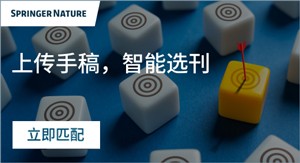
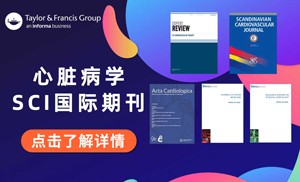



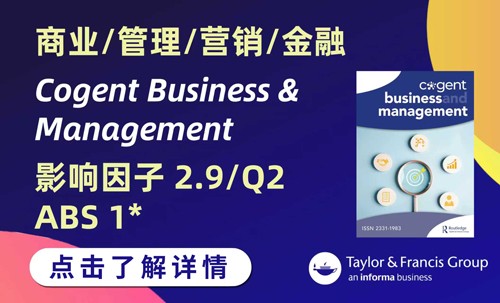

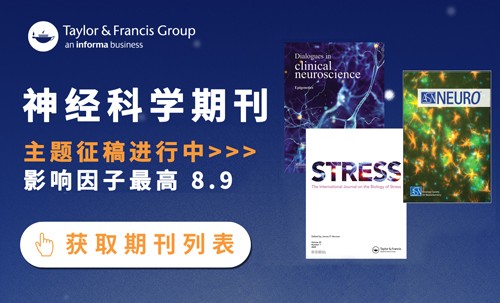

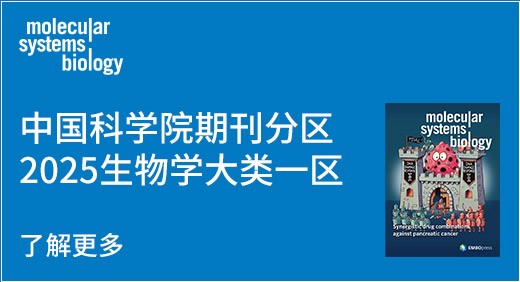

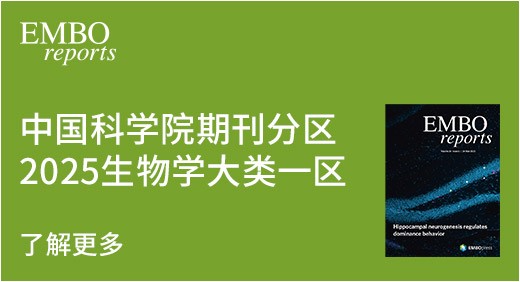
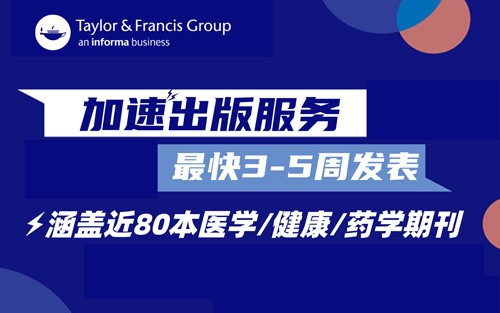



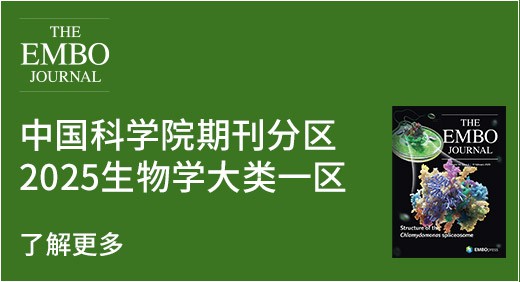
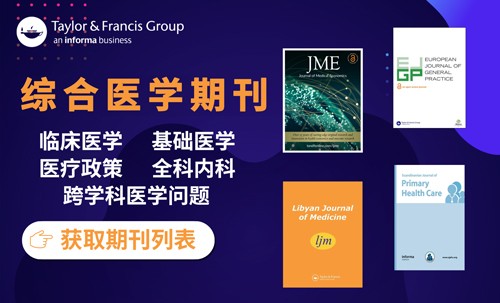


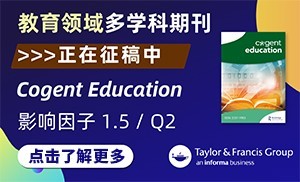


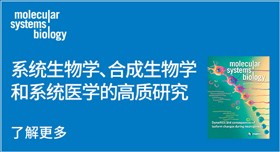

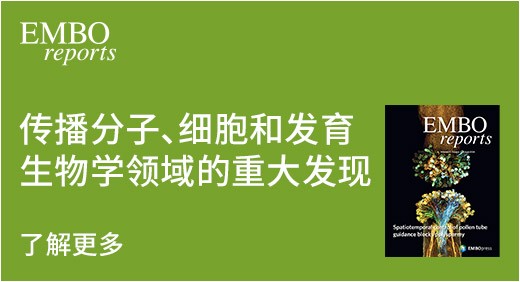
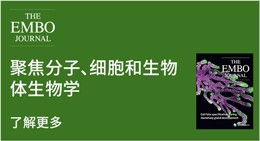


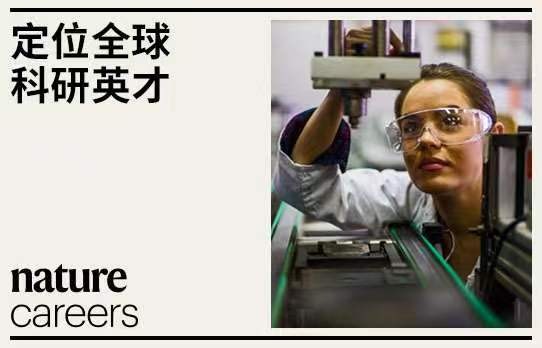



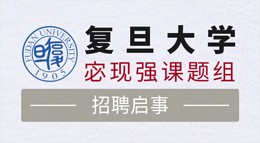
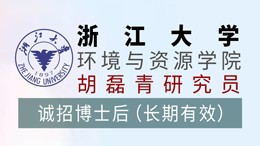
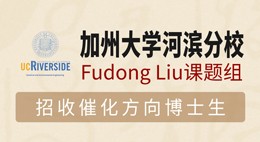

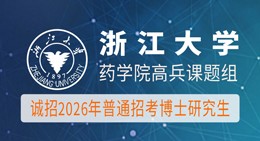

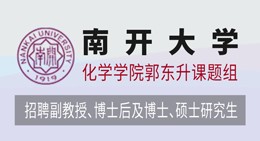




 京公网安备 11010802027423号
京公网安备 11010802027423号